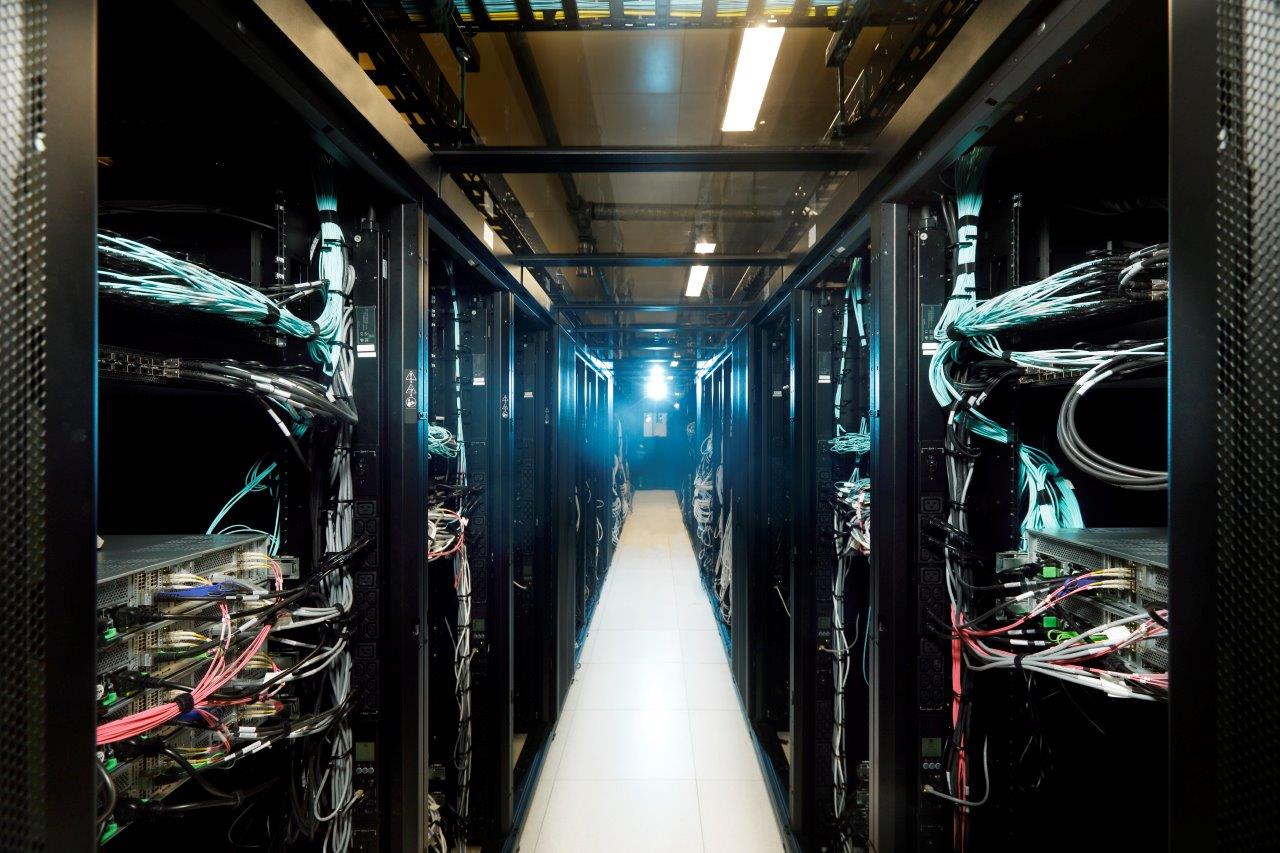"We need supercomputers - for designing aircraft wings to making climate predictions"
The official opening of the supercomputer DelftBlue will take place on 30 September at the Prinsenhof in Delft, also marking the fifth anniversary of the TU Delft Institute for Computational Science & Engineering. The programme features scientists and companies working with supercomputers, explaining the importance of supercomputing for healthcare, logistics and the energy transition.
"Making predictions with computers is a relatively new but important part in science. And for making complicated calculations you need big computers." Martin van Gijzen, Professor of High-Performance Computing at TU Delft (EWI), explains why supercomputers are becoming increasingly important for solving today's big challenges. "Predicting flow around an aircraft wing requires a complex and time-consuming calculation. And to design a wing, you have to do a lot of these calculations. For these kind of calculations, you frankly never have enough computing power so you have to use the fastest and biggest computers."
Several TU Delft faculties already had cluster computers, but they did not yet have the same computing power as the DelftBlue. "Another good example for which we urgently need supercomputers is making predictions about the changing climate," Van Gijzen adds. "For climate predictions where you want to take many different phenomena into account, and thus you need a gigantic computing amount of computing power." The supercomputer also comes in handy within mechanics: "Material behaviour can be very complicated and depend on many factors. The bigger the computer, the more advanced you can model material behaviour. And the supercomputer is used in tomography: if you want to use measurements to predict what a human looks like inside, or if you want to see what an earth's crust looks like inside. Or if you need to analyse large data sets with AI algorithms."
Since 1984, scientists in the Netherlands can use the supercomputers of SARA (now SURF) in Amsterdam. "But now we can offer researchers something really nice in Delft and with that we can bring in talent," states Kees Vuik, scientific director of the Delft High Performance Computing Centre (DHPC) in this story. The DelftBlue fills the gap between the national supercomputer in Amsterdam and the cluster computers the university already had, Van Gijzen adds. "Scientists from all faculties can make low-threshold use of it, without having to first write a proposal. Students can also use it, and part of the time is reserved for teaching."
The event 'The art of scientific computing' on 30 September (9:00-17:00) will take place at Museum Prinsenhof Delft and is open to interested members of the public, businesses and scientists. Artist Jeroen van der Most will explain how he creates art using data and algorithms. You can register here.
